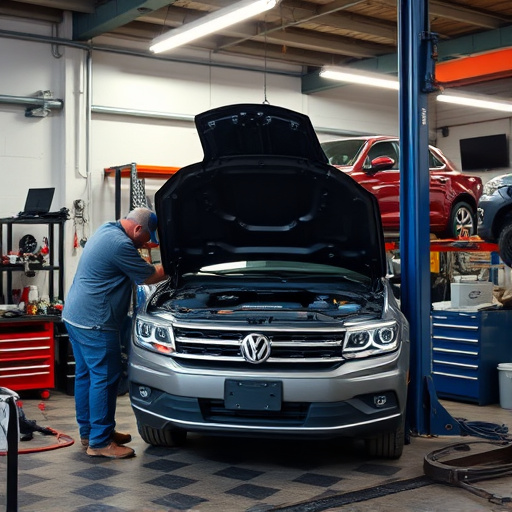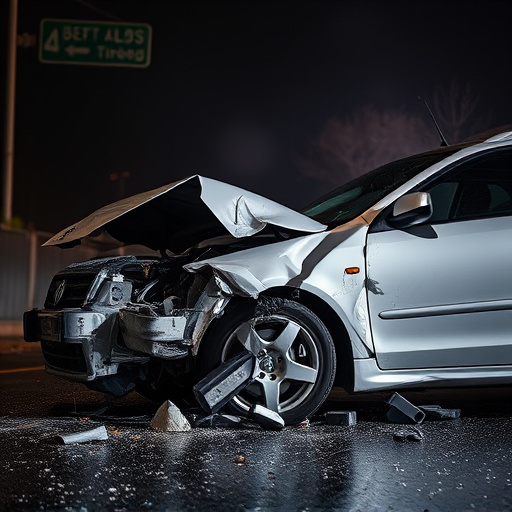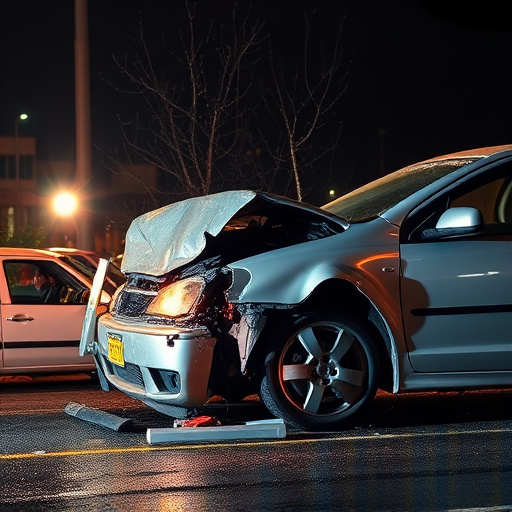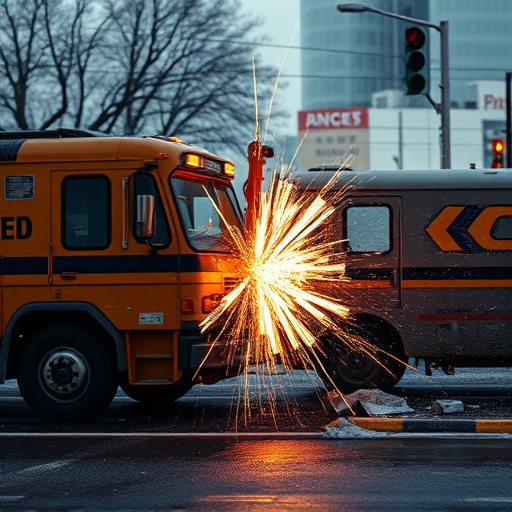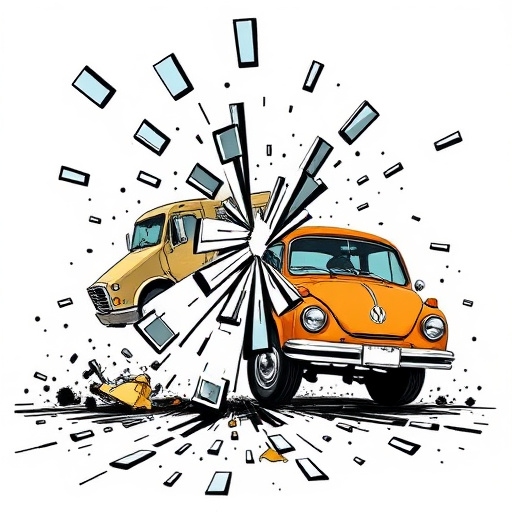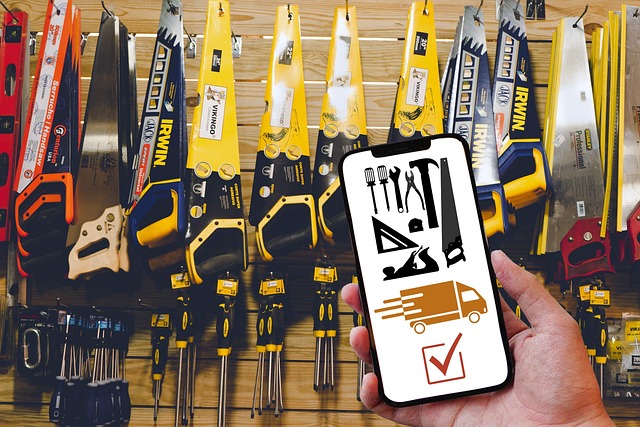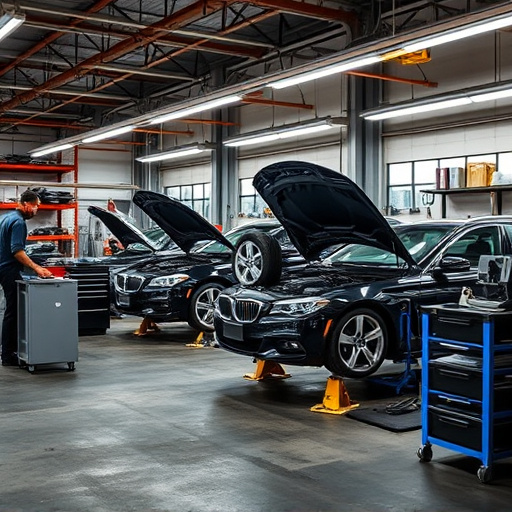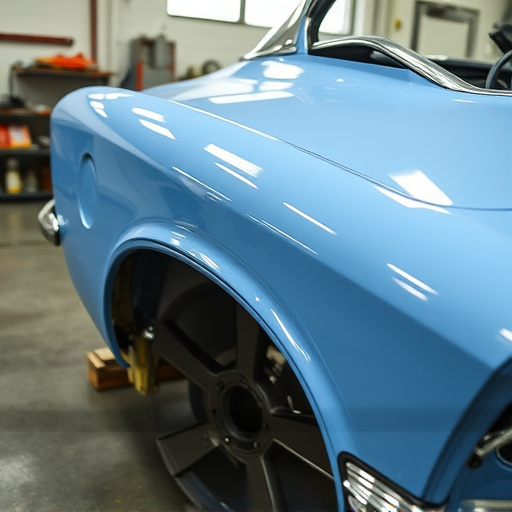After a collision, thoroughly inspect and realign steering components (suspension, wheels, tires) for safety and performance. Look for misalignment, damage, or dents, test drive for abnormalities, check power steering leaks, and ensure proper realignment especially in luxury vehicles to prevent handling issues and prolong tire life, vital for long-term safety and environmental impact, particularly in high-performance cars like Mercedes Benz models.
After a collision, realigning your vehicle’s steering system is crucial for safety and performance. This article delves into the significance of proper steering alignment post-collision, comparing it to pre-accident handling dynamics. We explore visual and functional checks to ensure accurate realignment and highlight long-term safety benefits. Understanding these aspects is essential for drivers to maintain a well-aligned vehicle, enhancing control and reducing future risks on the road, especially regarding steering alignment after collision.
- Pre-Collision vs Post-Collision Handling Dynamics
- Visual & Functional Checks After Realigning Steering
- Long-Term Safety Benefits of Correct Alignment
Pre-Collision vs Post-Collision Handling Dynamics
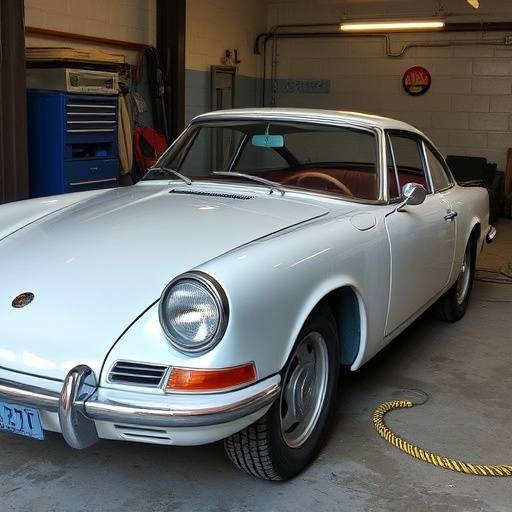
Before a collision occurs, a vehicle’s steering system is designed to provide precise control and handling. The suspension, wheels, and tires work in harmony to ensure a smooth ride and enable drivers to navigate turns confidently. However, a post-collision scenario can significantly alter this dynamic. When a car experiences impact, the force can disrupt the delicate balance of these components, leading to misalignment or damage.
In the aftermath of a collision, proper steering alignment becomes crucial for safety and vehicle performance. Auto repair services often include detailed assessments where skilled technicians examine the suspension, wheels, and tires for any signs of strain or misalignment. Tire services may be necessary to replace punctured or damaged tires, while vehicle paint repair might be required if the impact caused cosmetic damage. By addressing these issues, drivers can ensure their vehicles handle effectively, offering better control and stability during post-collision driving, which is essential for the safety of both the driver and passengers.
Visual & Functional Checks After Realigning Steering
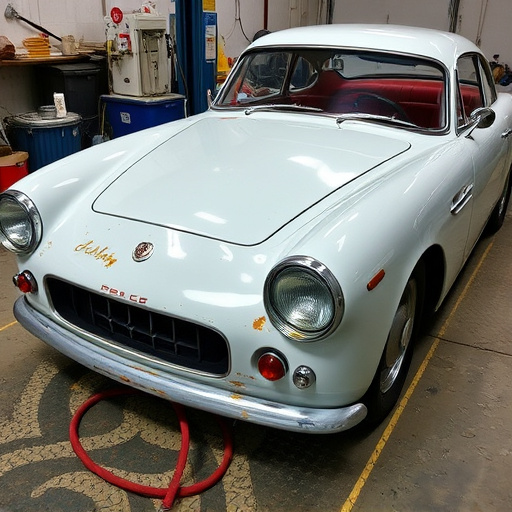
After realigning your steering following a collision, thorough visual and functional checks are crucial to ensure safety and optimal performance. Begin by inspecting the steering wheel for any signs of misalignment or damage. Check for uneven tire wear patterns, as this can indicate improper steering alignment. Also, look out for any visible dents or damage in the car’s bodywork, as these could impact handling.
Functional tests should include a drive to assess how smoothly the vehicle steers and responds. Observe if there are any unusual noises or vibrations while turning. In addition, check the power steering system for any leaks or performance issues. For luxury vehicle repairs, especially those involving car dent repair, it’s important to confirm that all components have been correctly realigned to prevent future handling problems and ensure a safe driving experience.
Long-Term Safety Benefits of Correct Alignment
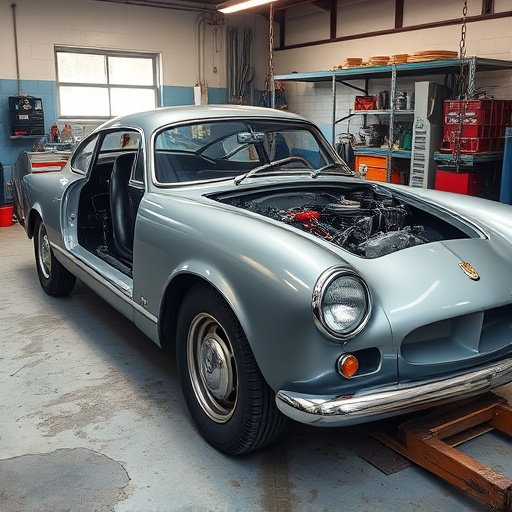
Realigning your steering after a collision is a crucial step that often goes unnoticed but offers significant long-term safety benefits. A proper steering alignment ensures your vehicle’s wheels and tires are correctly positioned, which directly impacts how your car handles and responds while driving. When left misaligned following a crash, vehicles can exhibit erratic handling, reduced traction, and even increased risk of future accidents.
This is especially critical for high-performance cars like Mercedes Benz models taken to collision repair shops for dent removal or more extensive repairs. Correct alignment not only optimizes safety but also prolongs the life of your tires by minimizing uneven wear patterns caused by improper steering geometry. By addressing these issues, you’re not just ensuring a smoother ride but also contributing to better fuel efficiency and reduced environmental impact over time.
Realigning your steering after a collision is more than just fixing a part; it’s a crucial step towards enhancing long-term safety and vehicle performance. By addressing dynamics shifted by the impact, thorough visual and functional checks ensure optimal handling post-collision. This simple yet vital process not only guarantees a smoother ride but also plays a significant role in preventing future issues, making it an essential consideration for anyone prioritizing both safety and efficiency following a crash. Remember, proper steering alignment after a collision is key to maintaining control and peace of mind on the road.
